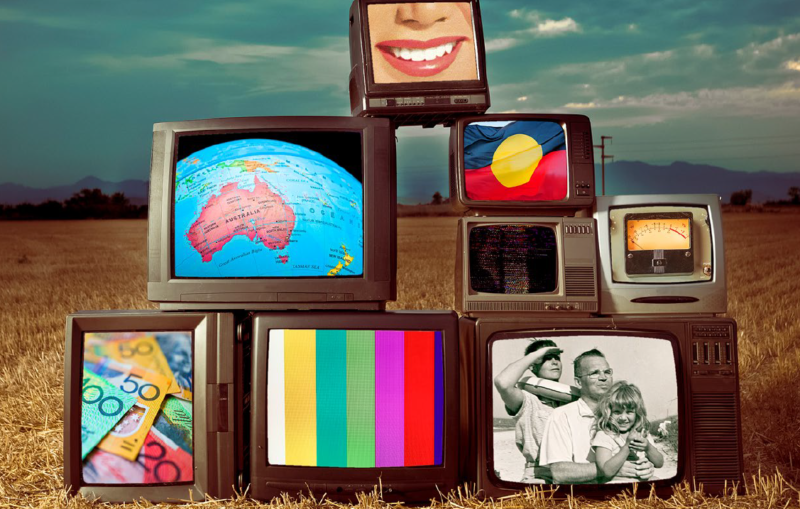First report card into TV news’ cultural diversity journey reveals a mixed bag, with a long road ahead
In partnership with the University of Sydney and the University of Technology Sydney, Media Diversity Australia (MDA) has released a “report card” on Indigenous and cultural diversity in television news, with insights into what has changed, what has stayed the same, and opportunities to lead the charge toward greater diversity.
Who Gets to Tell Australian Stories? 2.0 examined the Indigenous and cultural diversity of Australian news and current affairs television media – and asked – “Does Australian news and current affairs represent the society they serve?” given the latest Census data revealed Australia is more diverse than ever.


